Arden and Janet pose for a photo at the Top of Europe ice sculpture.
We got up early Monday and it turned out to be a great idea. Most of the clouds had rolled away and the sun was peeking through the ones that remained. The sky between clouds was a brilliant blue. We decided to try for Jungfraujoch.
This area of Switzerland is sometimes known as the “Jungfrau” region because its most famous mountain peak, the Jungfrau, is here. Right next to the Jungfrau is the Monch, with its sharp peak. The dip between the two peaks is called the “yoke” (German: joch). The Germans, as you know, love to combine words, so “Jungfrau” + “joch” = “Jungfraujoch”. It is pronounced YOONG Frau Yoke.
(photo taken by Sue Pruitt at Birg, where they have these great labels on the glass walls)
Jungfraujoch is known as the “Top of Europe” because you can’t get any higher on this continent, unless you’re a mountain climber. Back in the 1890s a bunch of hard-working Swiss engineers drilled a tunnel through the Eiger and the Monch so that they could get a train to Jungfraujoch.
From Lauterbrunnen we took the train up and east to a little station called Kleine Scheidegg. There we bought tickets for Jungfrau. It’s an expensive ticket, but this was why we came.
Midway along that tunnel through the Monch, the Swiss had cut a set of “windows” out of the side of the mountain for people to look out. The train stops there for a few minutes, then continues on its way to Jungfraujoch.
The station at Jungfraujoch is underground; the train never actually emerges from the tunnel. We leave the train and enter a three-story building with all sorts of shops and restaurants, and platforms where you can go outside and enjoy the views.
Passages through the rock connect various parts of Jungfraujoch and we wanted to explore the whole thing. But the altitude (over 11,000 feet) had its effects, and several of us felt somewhat weak.
Another obstacle was the crowds. This day was the first nice weather in quite a while and the place was packed with people. But we visited most of the places that we wanted to, and had a great time.
The Lindt “Swiss Chocolate Heaven” store was quite popular.
And here’s the Monch. “Monch” is German for “monk”, and “Jungfrau” means “young lady”. The next peak down the row is the “Eiger” which is “ogre” in English. The legend says that the Monch is protecting the Jungfrau from the Eiger.
This Monch is wearing his pointy cap, probably attached to his hoodie.
Each of the three mountains has its namesake glacier, and this is one of them. In this picture what you’re looking at is really a layer of clouds with a glacier underneath. You’ll just have to imagine the glacier. It’s there. All three glaciers come together and run off into the place we visited Sunday: Trummelbach Falls.
One of the fun things to do at Jungfraujoch is to visit the Ice Palace. It’s a maze of twisty passages, with ice floors, ice walls and ceilings, and lots of fun ice sculptures. The floor is treated somehow, so we don’t slip, and the sculptures display a sense of humor.
I came around the corner and nearly ran into these ice monsters (Joyce and Steve), so of course we all got out our cameras and shot each other.
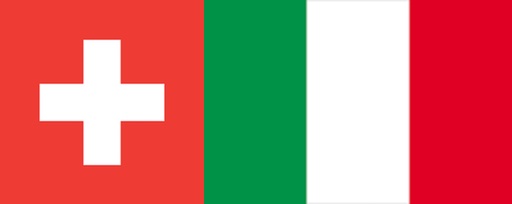
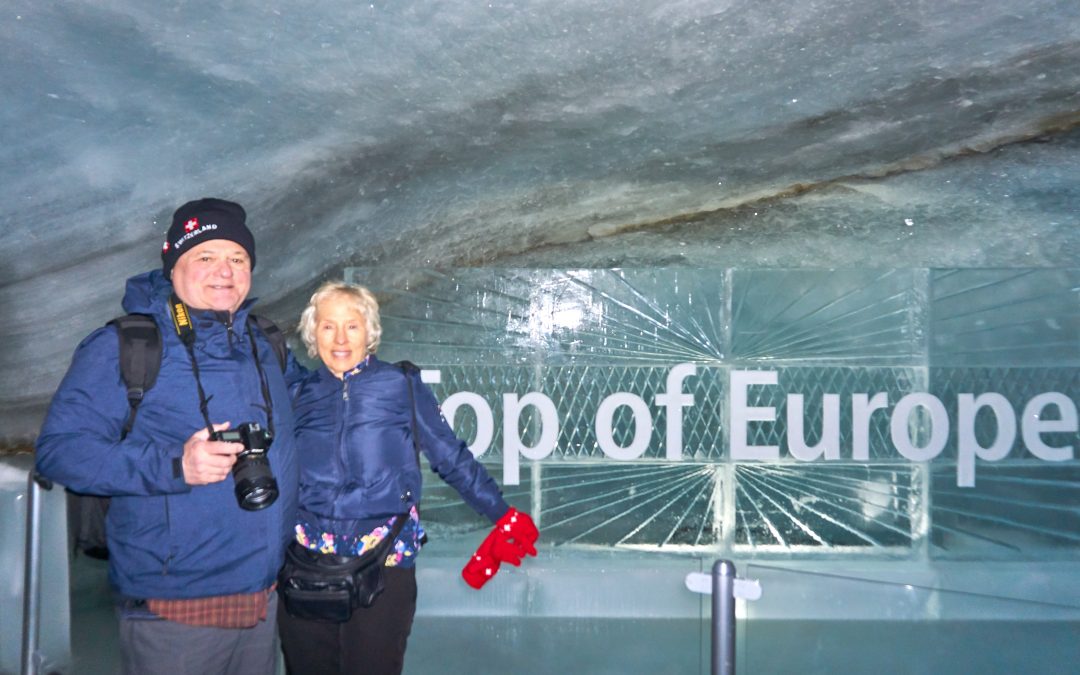
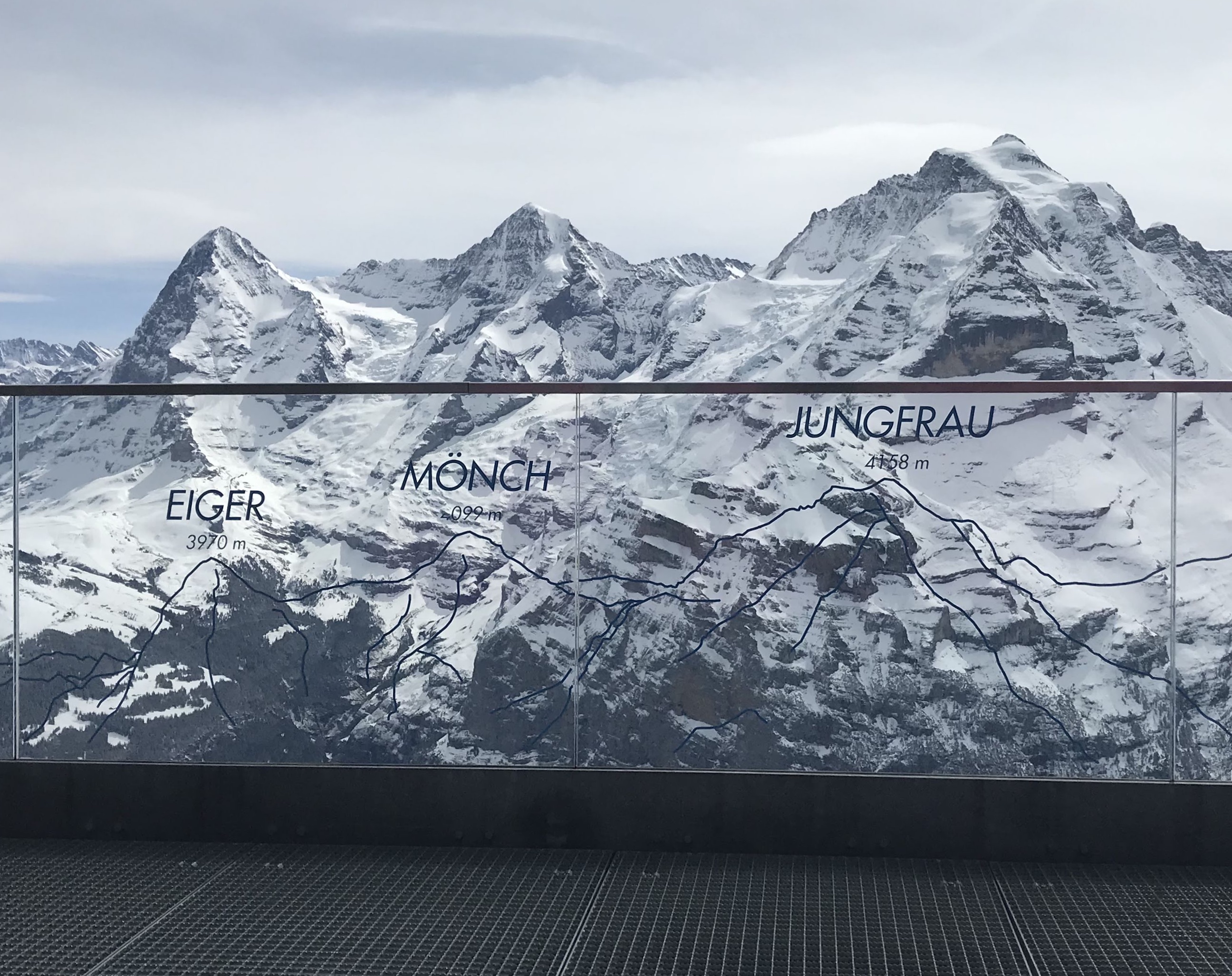

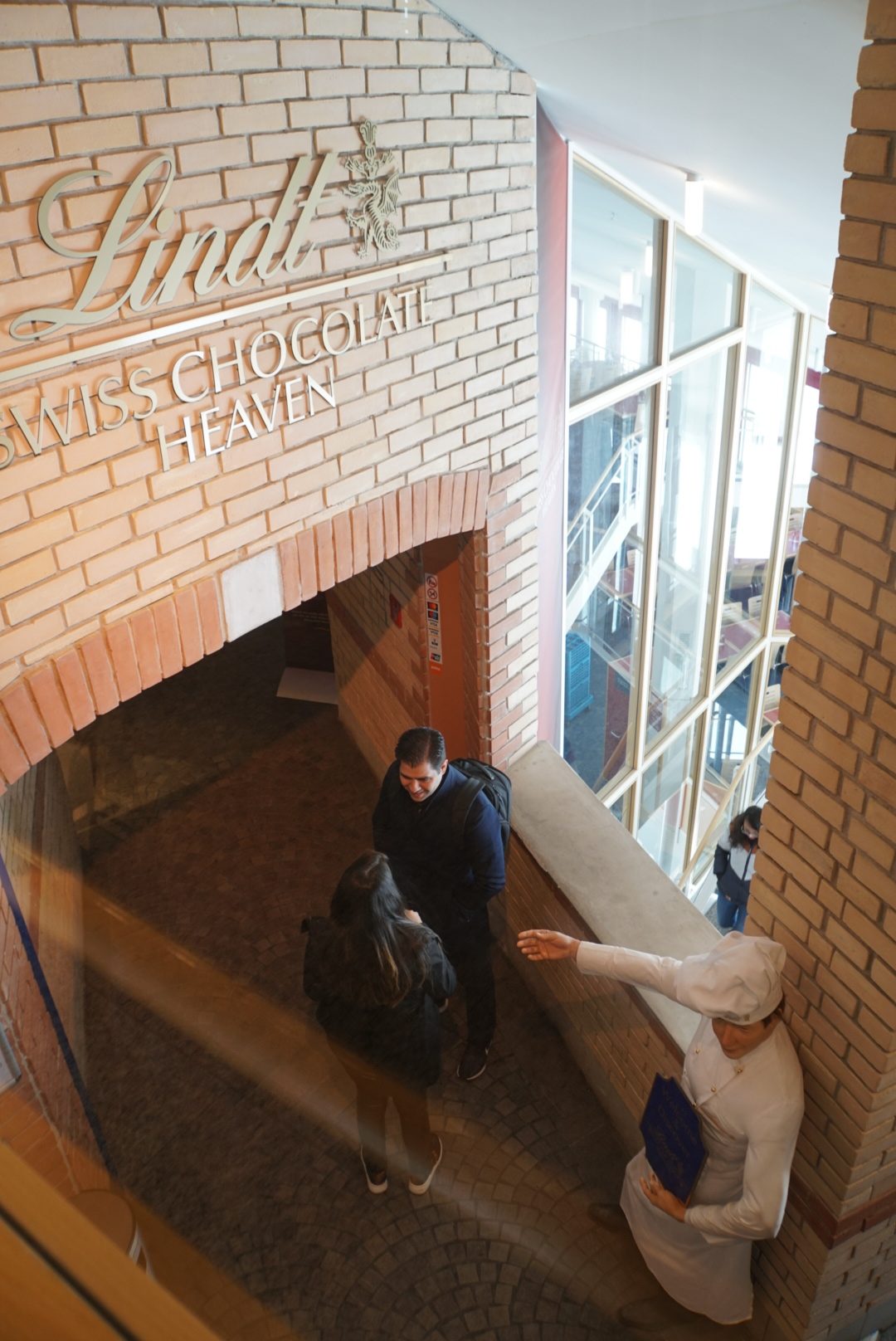
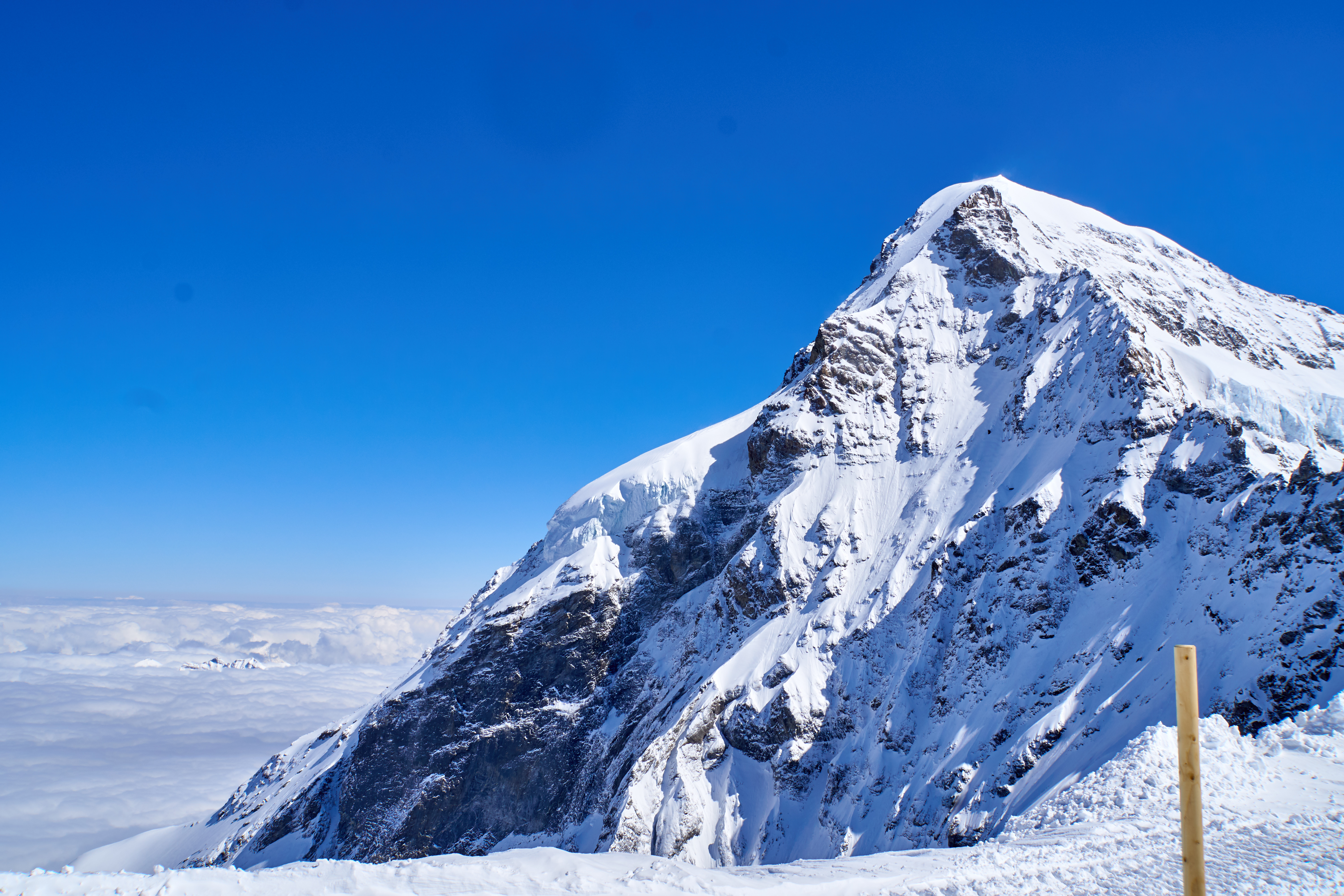
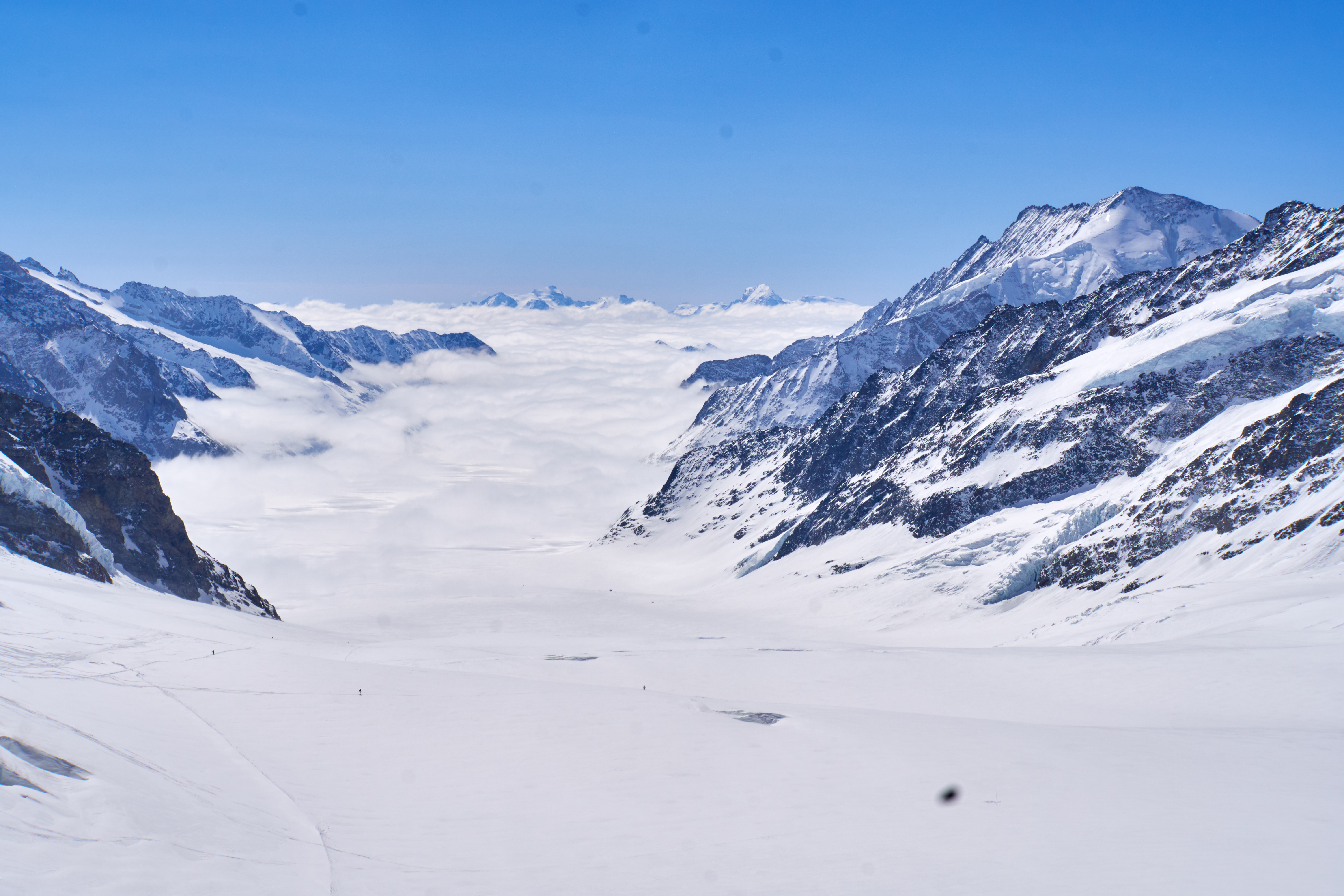
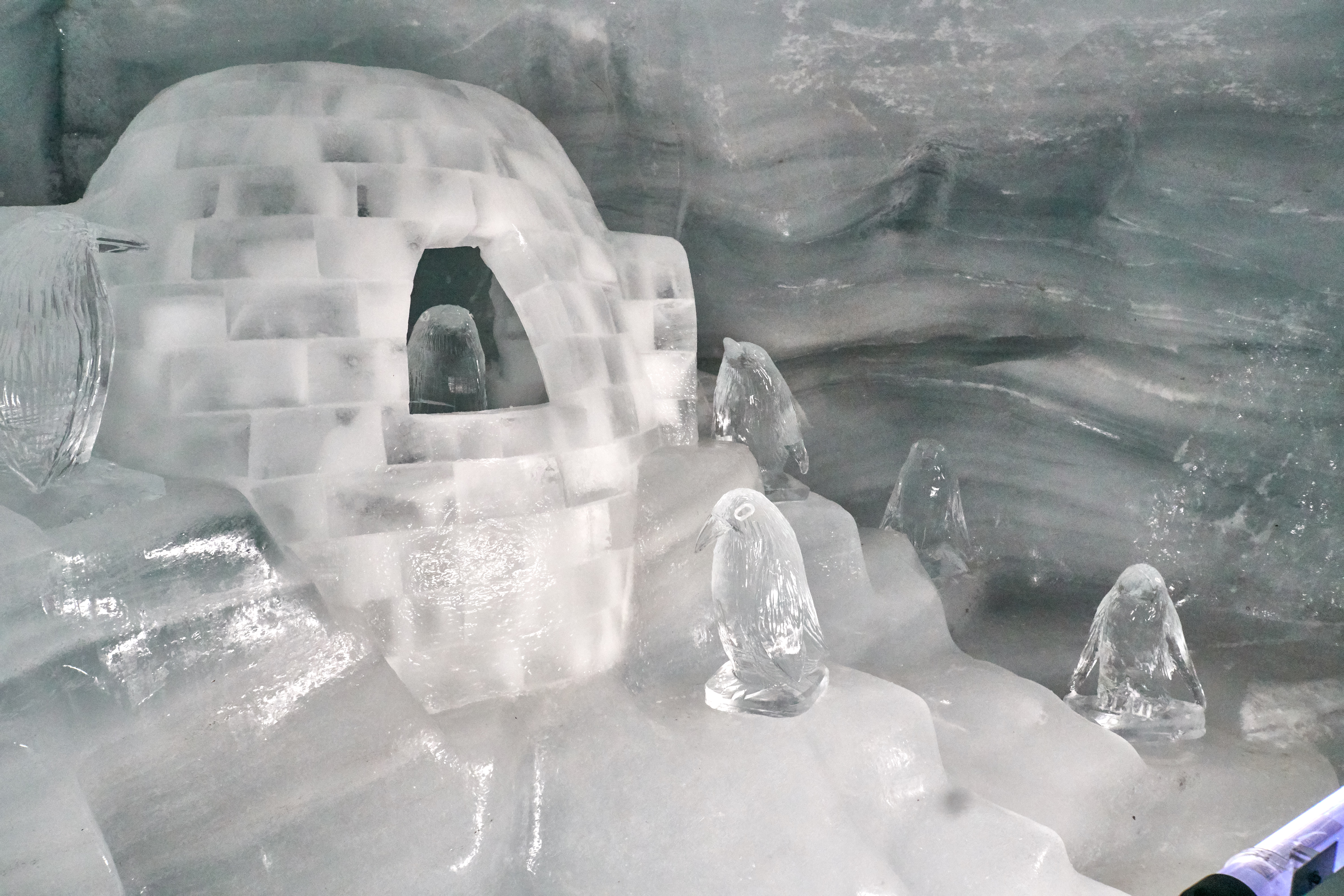
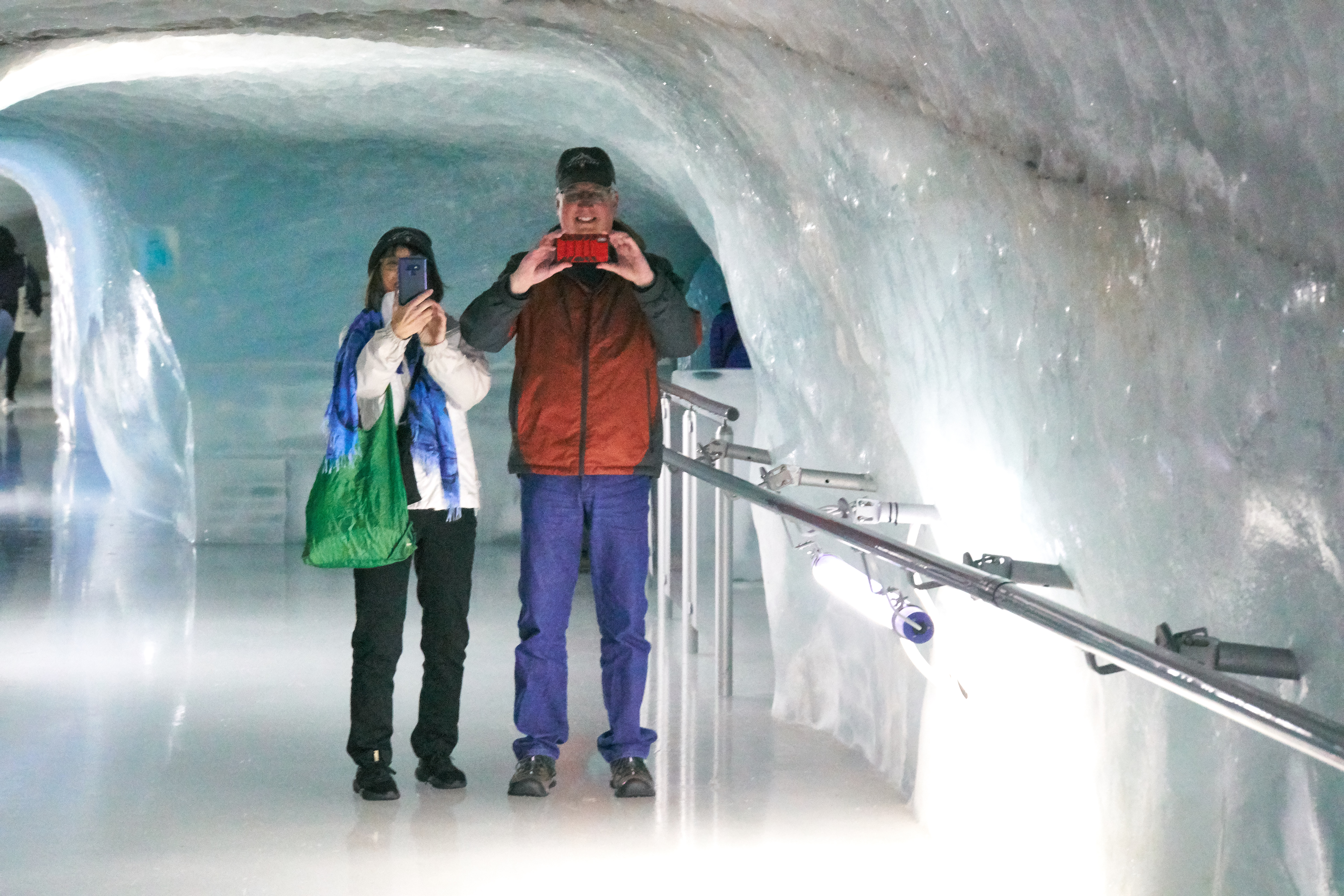
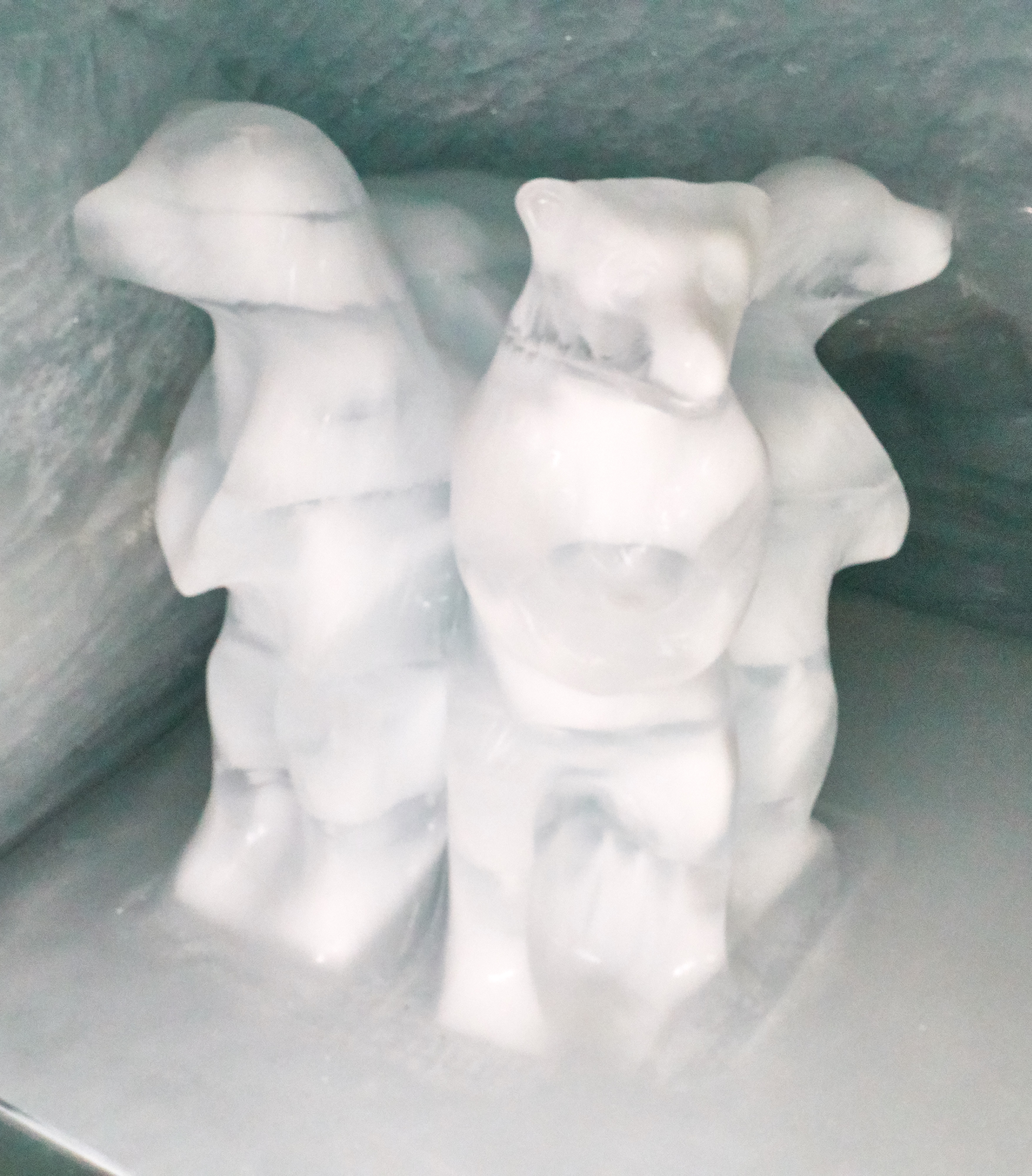

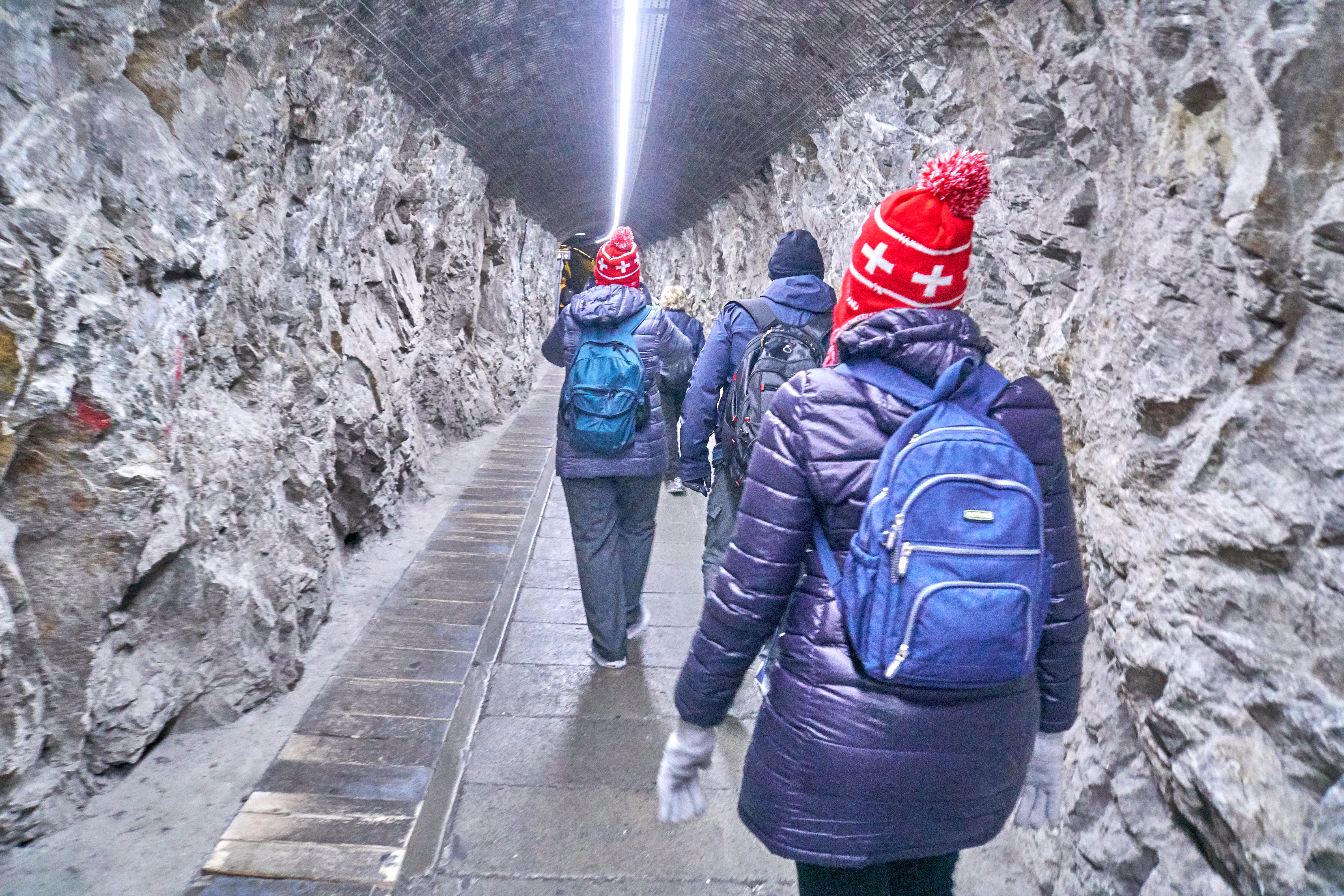
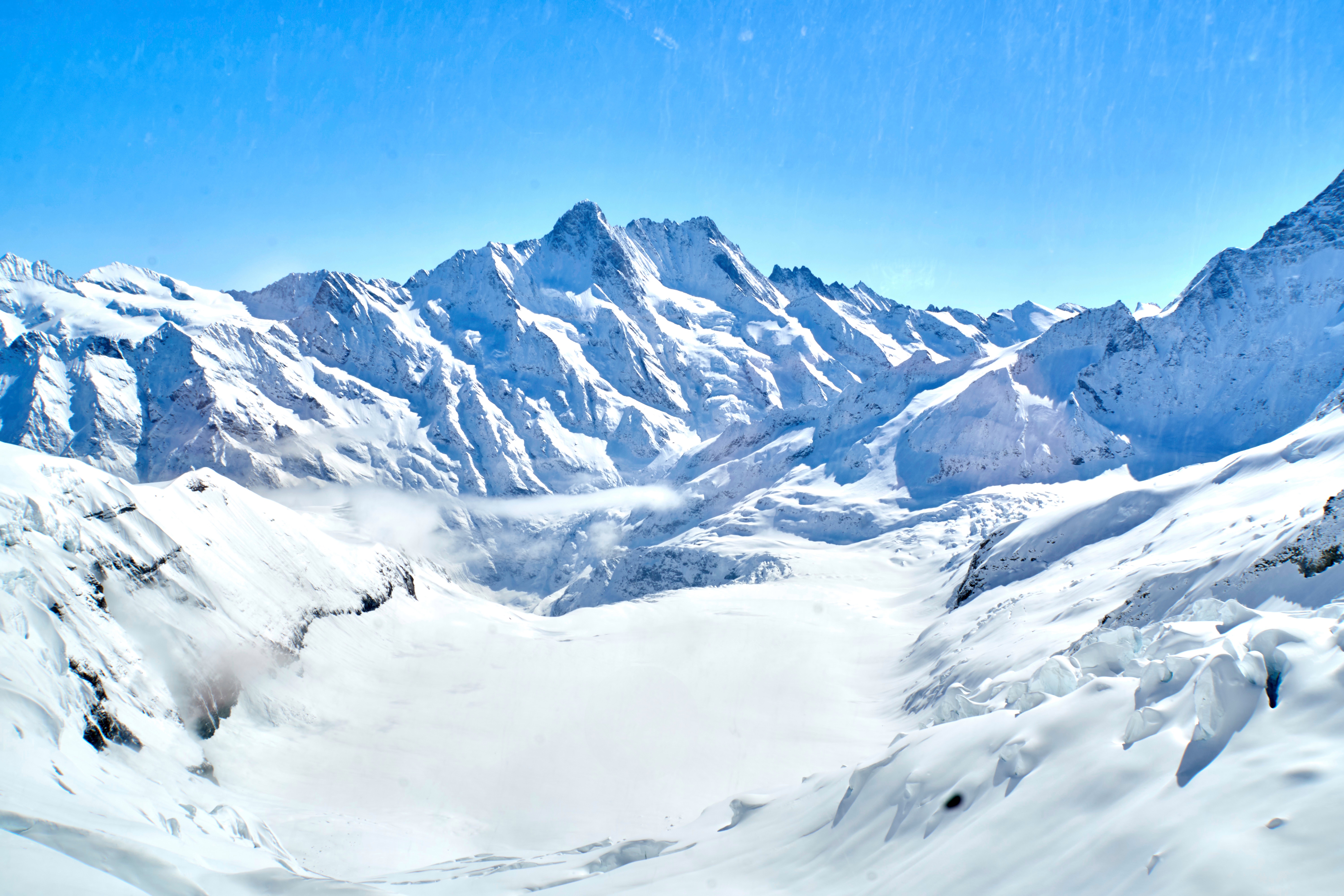
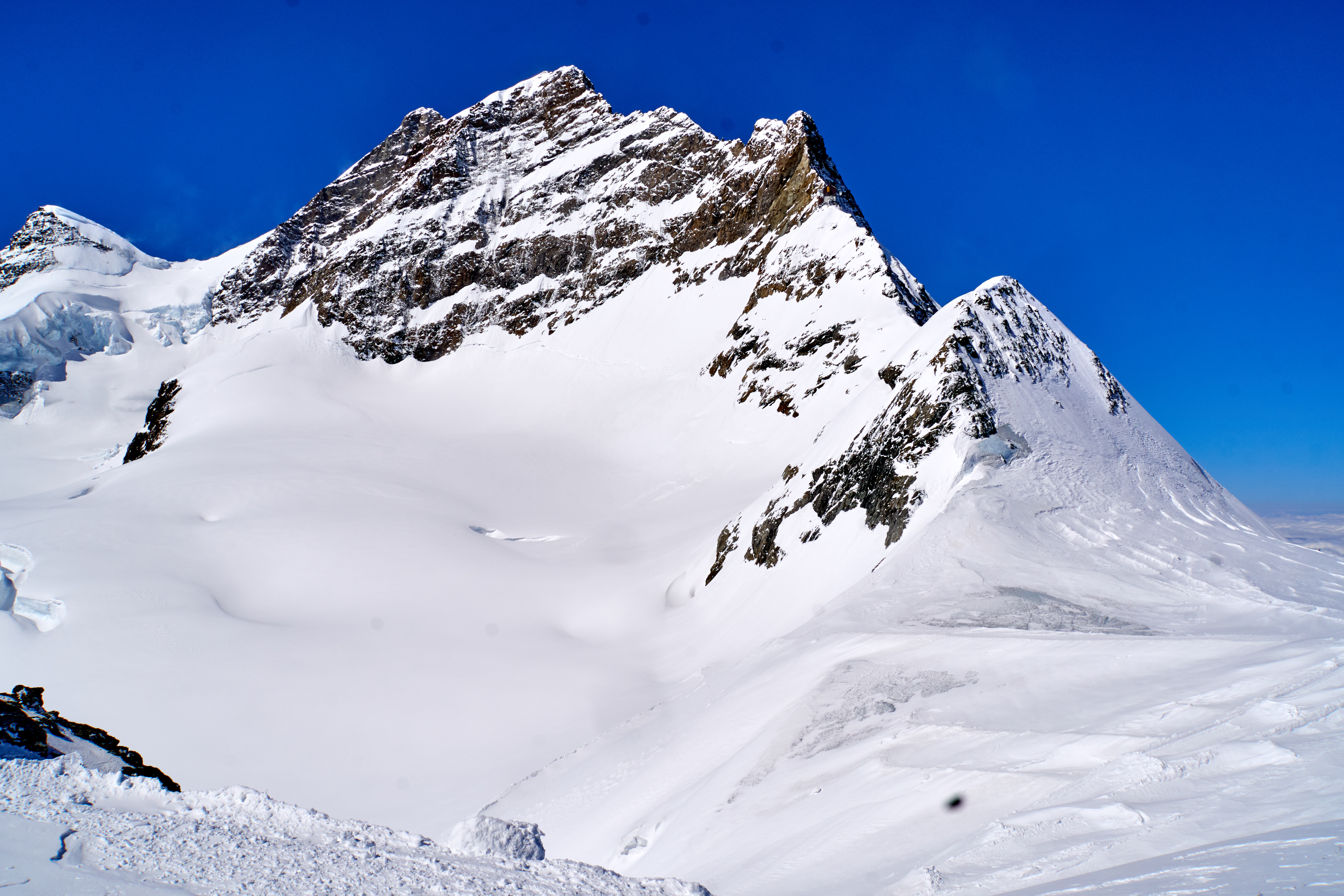
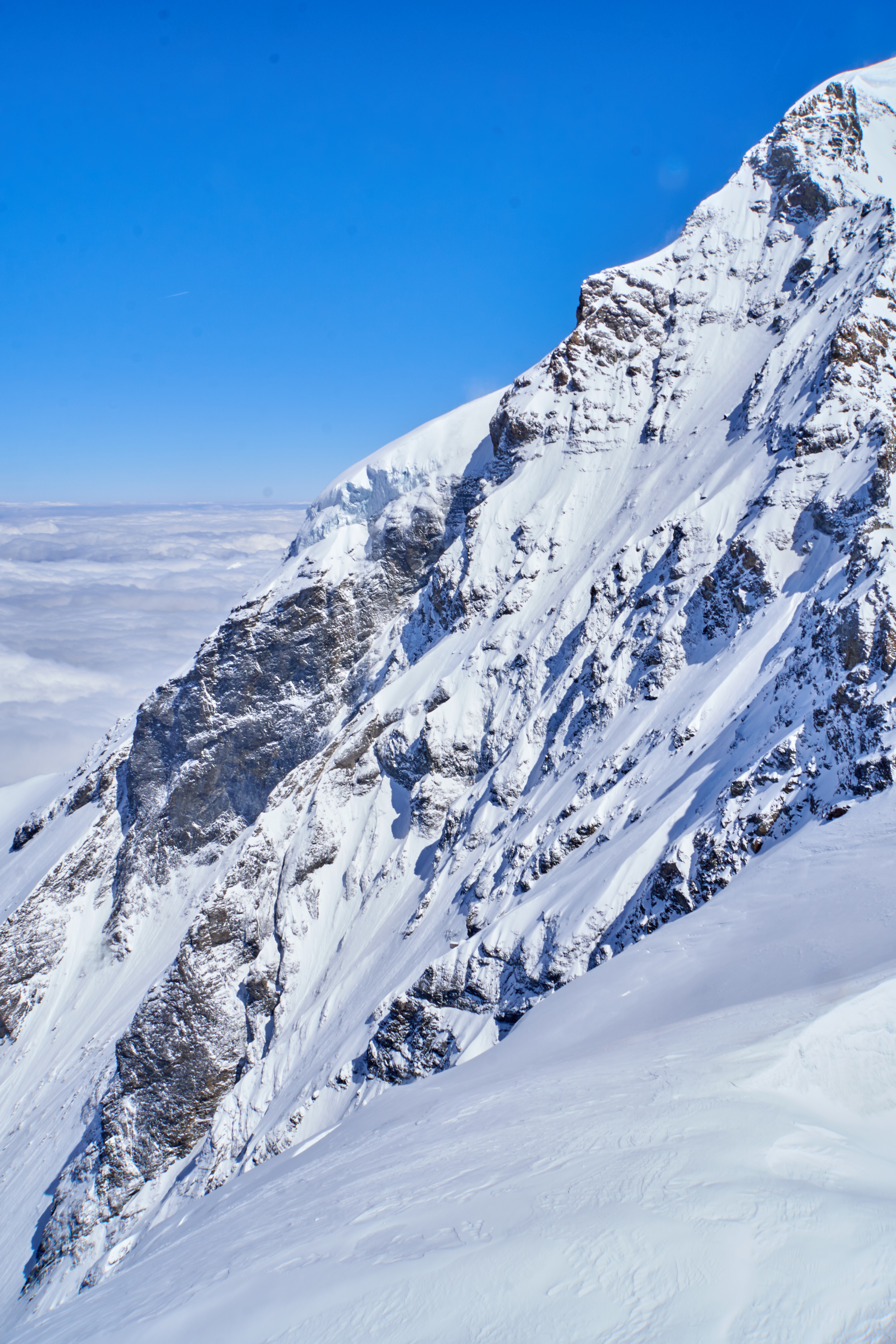
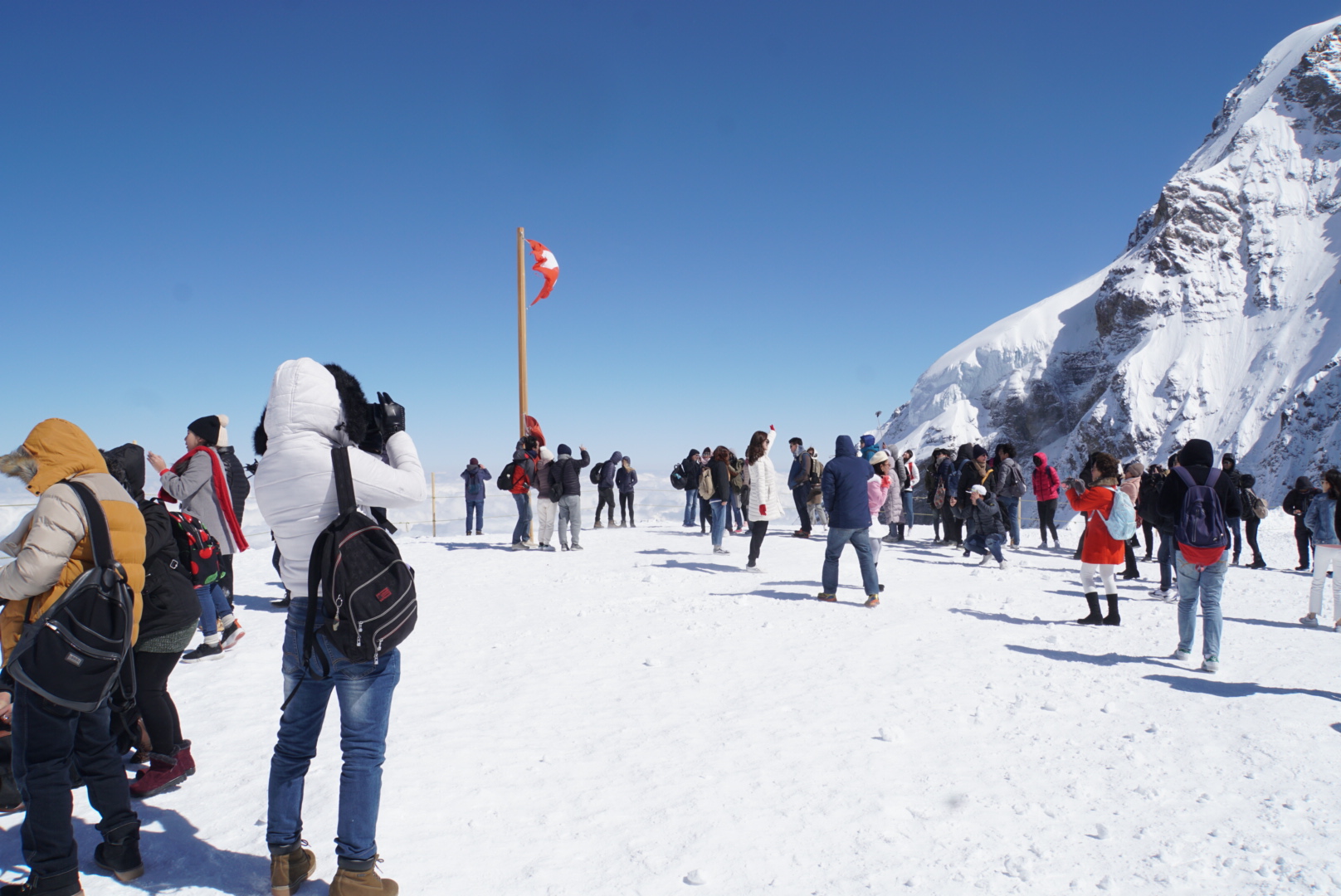
Recent Comments